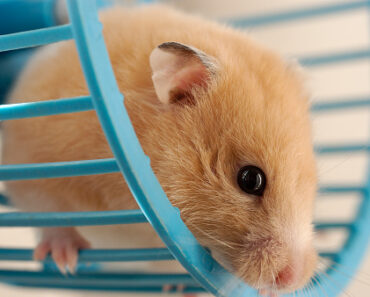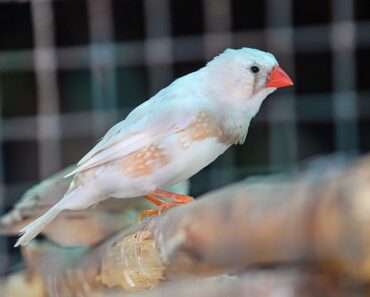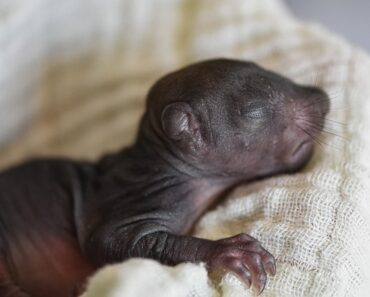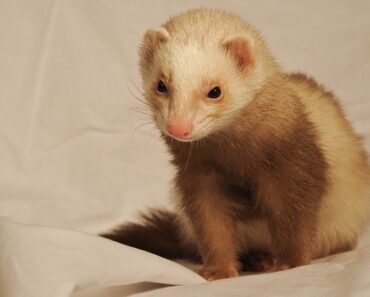You can start the process of offering a rodent to your child around the age of 6. The purchase of a rodent and the accessories necessary for its well-being does not require a large budget, again it varies a little depending on the type of animal you choose.
The differences between rodents and their needs
The rabbit:

even if it is not strictly speaking a member of the rodent family (but a lagomorph), it still has its place when it comes to finding a small companion for its children.
It is necessary to provide a large cage measuring at least 1 meter and few accessories to ensure a good life. For food, he will need good quality hay and rabbit pellets. The animal will appreciate the remains of your vegetable peelings. For him to be able to drink, he needs a large water bottle. The litter is fairly easy to change if you put a litter tray in the cage. The litter box should be changed about every 3 days. Rabbits are very quick to learn how to keep themselves clean and will be happy to relieve themselves in a special area. The sensitive point of the rabbit is its ears. It is not advisable to give a rabbit to a boisterous or very young child because rough handling of the ears can cause a heart attack. These animals are very affectionate and the risk of biting is very rare. The average life expectancy of a rabbit is 5 years. It is necessary to plan an annual visit to the veterinarian to have the animal vaccinated and also to take it to a consultation if you observe that it is sick.
The guinea pig :
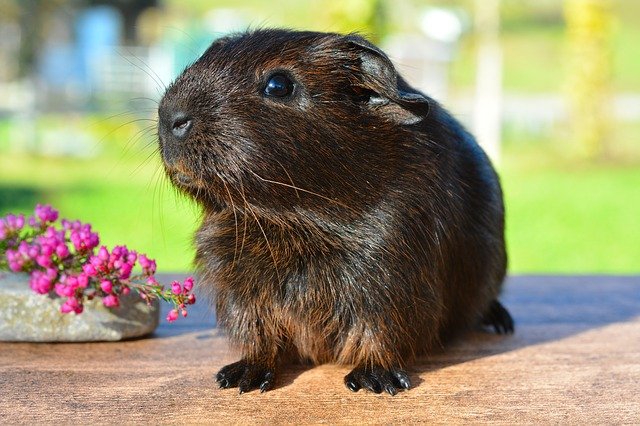
It is the closest rodent species to the rabbit.
It does not have the fragility related to the ears and there is no vaccine to be provided. Visits to the veterinarian will be made only in case of illness. It is a great companion for children, the guinea pig rarely bites and is easy to handle. Like rabbits, guinea pigs have a life expectancy of about 5 to 6 years. The diet is also identical to that of the rabbit but the quantities of vegetables are a little less important. It needs a medium size cage which is more practical indoors when space is limited. The litter will have to be changed often to avoid being bothered by bad smells. Ideally you will change the litter 2 to 3 times a week. The material to be provided in the cage will be a large capacity water bottle as well as games such as a PVC tunnel and a ball.
The hamster :
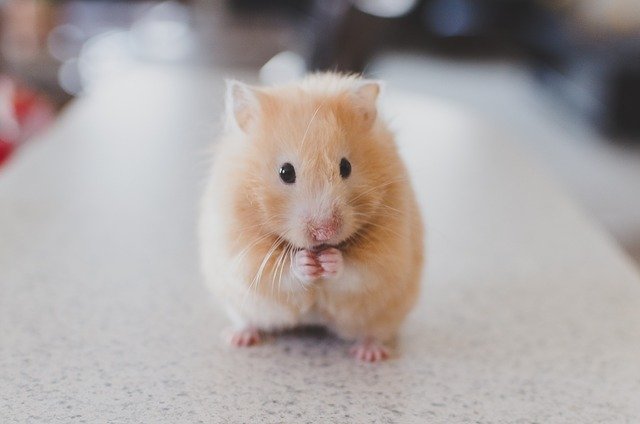
It is a small rodent that loves to exercise.
It’s an animal that lives more at night and hates being woken up suddenly or else bites. The cage should not be placed in a room where there is a risk of sleepless nights. Hamsters don’t really like the taste buds, but it is a pleasure to watch them work out and make their little life. Nevertheless, you can handle the hamster gently, taking care not to surprise or force it. The hamster requires a special cage with several levels and toys inside like a wheel and tunnels for exercise. The layout of the cage has a playful aspect for the child who will love the many play facilities. You will need to equip the cage with a small water bottle. For the food you will need to provide a mixture of hamster seeds and a little fruit and vegetables that is served at room temperature. The smaller the cage, the more often you will have to change the litter. Hemp litter has the highest absorption capacity and should be changed about every 2 weeks. Hamsters do not need to be vaccinated, however, a visit to the veterinarian should be made at the slightest sign of disease because they are fragile animals. The life expectancy of the hamster is 2 to 3 years on average.
The chinchilla :
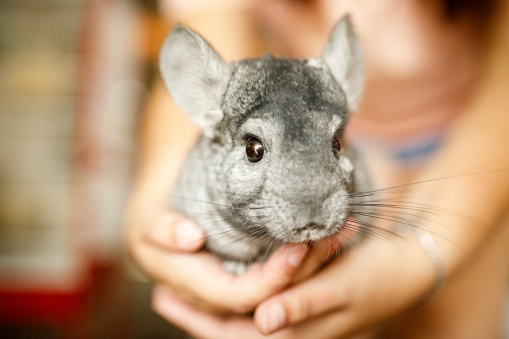
It is a fragile animal that should not be handled too much. It is not recommended for children or older children. It is a nocturnal animal that is curious and lively, it is sensitive to stress. Its diet consists of hay, special chinchilla food and fruit tree branches. They should not be fed fresh foods such as fruits and vegetables because they are prone to digestive problems. If you respect a calm living environment and a good diet for the chinchilla, this rodent will not pose a problem of diseases to which it is not very sensitive. The chinchilla’s cage should be large, especially in height. Ideally it will have 2 floors in its cage with tree branches inside to be able to climb. You will need to provide a small bathtub with sand for chinchilla so that he can roll in it to clean himself and a large capacity water bottle. Try to remove the dirty litter every day and change it regularly. There are no vaccinations required for a chinchilla, visits to the veterinarian will be made in case of illness. Chinchillas only bite to defend themselves and warn beforehand so there is no risk if you are gentle with the animal and do not surprise it. A chinchilla lives a very long time, at least 10 years and at most 20 years.
Rats, gerbils and other mice
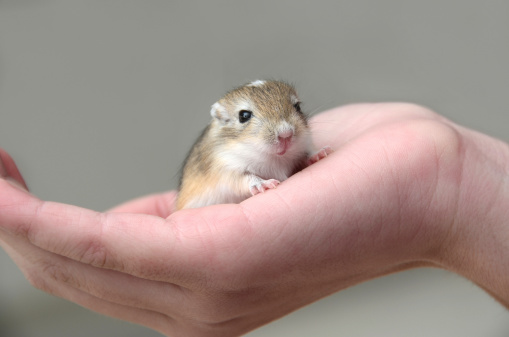
They are small rodents that may occasionally bite in self-defense but are generally very friendly animals. It is not necessary to vaccinate these small rodents. A visit to the veterinarian is urgently required when the animal is observed to be sick. You will be able to handle them easily but you must be careful with their tail which is their point of fragility. If the child pulls too hard on them, the animal will be deprived of its mobility. These rodents live an average of 2 to 3 years. A small or medium size cage is sufficient. You can use the same accessories as for hamsters and seed mixes. The litter must be changed every week so that there is no smell and every 2 weeks if you use hemp litter.

